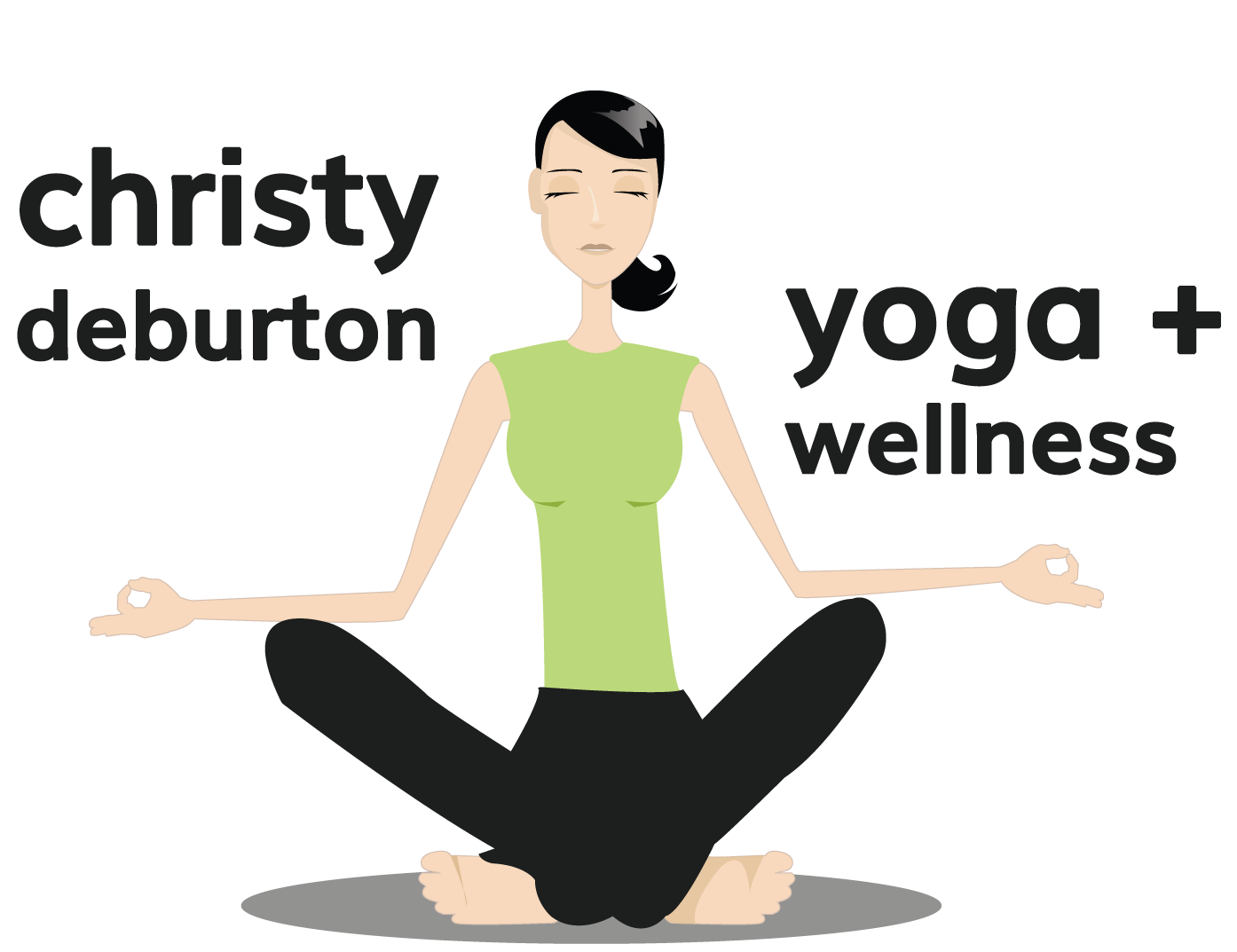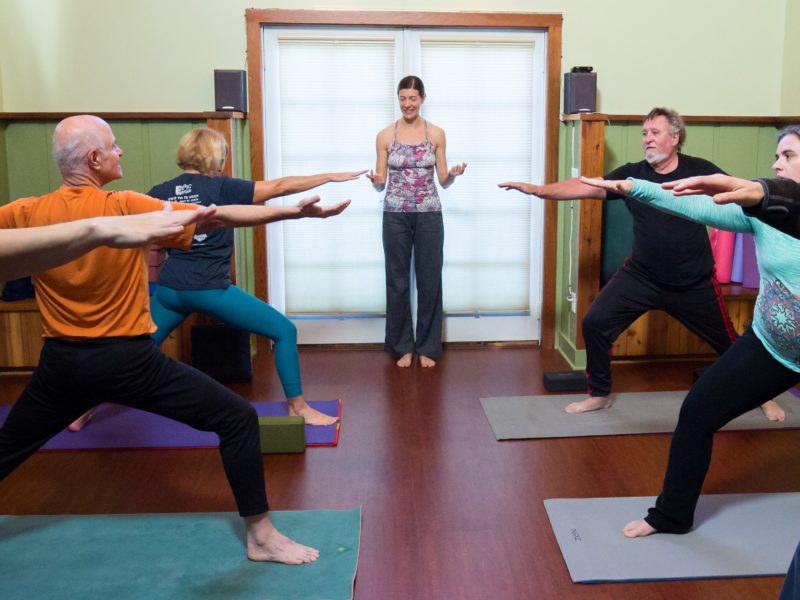I’m an HSP, and that makes me a pretty awesome yoga teacher. There, I’ve said it. ;)
If you’re not familiar with what HSP stands for, it’s Highly Sensitive Person. HSPs have a personality trait called Sensory Processing Sensitivity (or SPS). In a nutshell, it means we have sensitive nervous systems. We pick up on more things in our environment and process them more deeply than others. HSPs tend to be deeply spiritual, creative and caring. But we can also get easily overstimulated and overwhelmed, and we need a lot more down-time than most people. Only about 20% of the population are HSPs, so we see the world differently than most people–and therefore have unique gifts to offer.
So how do Yoga Room students benefit from me being an HSP? Yoga is a wonderful way to calm frazzled nervous systems in this busy, stressful world we all live in. However, not all yoga classes are so good at doing this. If you’re anything like me, you’ve walked out of a yoga class or two feeling exhausted and ‘jangly-nerved.’ (I’m looking at you, super-hot studios crammed wall-to-wall with sweaty bodies and loud, blaring pop music playing! ;)) On the contrary, I make it a point that all my yoga classes–whether Hatha, Vinyasa or Yin–are well-balanced, grounding and focused on calming students’ nervous systems and relieving stress. I know this is what is so desperately needed in the world because, as an HSP, I am highly tuned into this need in myself.
From the moment a student walks down the tree-lined pathway to my Ann Arbor, MI yoga studio, nature is my helper in already starting to calm frazzled nerves. The poolside yoga studio is housed in a pretty ‘cottage’ that overlooks sprawling gardens and features a cork floor, meditation loft, high ceilings, lots of natural wood, green (for the heart chakra) walls, and a peaceful setting. Decor is simple and minimal, which adds to the calming effect. Soft music is playing in the background, there to enhance the experience, never to overpower it. As an HSP, I know that too much sensory stimuli–sounds, smells, clutter–can be overwhelming to our nervous system.
As an HSP, I also know that many people need time to feel comfortable in a new situation. So I am always there to greet new students when they arrive, introduce myself, ask them about themselves, and take the opportunity to make them feel welcome and comfortable. I watch them as they get situated to see if there is anything they’re unsure about because, as an HSP, I’m also good at intuiting and anticipating needs.
My teaching style itself is probably what sets me apart the most from non-HSP teachers. HSPs tend to be very thoughtful and detail-oriented, and that shows up in each and every one of the yoga sequences I create. I teach my online classes in courses that I have created around a specific theme (i.e. Journey Through the Chakras, 7 Weeks to Better Posture, etc.), and each class within the course has its own focus. This is where my creativity, thoughtfulness and attention to detail really shine! Postures flow one into the other with graceful transitions (OK, maybe my years of dancing lessons helps with this aspect too), and themes are woven throughout the classes from start to finish. This offers students a unique and rich experience.
I help students feel comfortable on their mat (because, as an HSP, I know what it’s like to not feel comfortable in different situations) by offering choices, modifications, plenty of opportunities for rest, and encouragement to give themselves permission to listen to their own body and make their practice their own–all the while, keeping a watchful, conscientious HSP eye over them to keep them safe. And while I’m watching them, I encourage them to close their eyes, go inside, and cultivate greater self-awareness and mindfulness. Shutting out that external stimuli is so important to being able to calm our nervous system, and so my verbal instructions are always clear, concise and easy to follow. I take pride in the fact that so many of my students have told me that they don’t need to look around during classes to see what to do. This has translated well to my virtual classes, as I switched over to offering audio sessions to students at the start of the pandemic, who had no problems whatsoever just listening to the sound of my voice guide them through their practices! And even in my current online yoga classes, students will usually close their eyes.
Through taking the online Brain Training for the Highly Sensitive Person Course I have come to realize the absolute necessity of self-care for HSPs. (We need way more time for self-care because we process way more information than most people.) Therefore, I love to incorporate self-care awareness into my offerings which is helpful for HSPs and non-HSPs alike!
Although I do find it challenging to live in a non-HSP world sometimes, I genuinely believe that being an HSP endows me with many unique gifts to offer as a yoga teacher. Whether or not you happen to be an HSP yourself (if you think you might be, I highly recommend taking the Sensitivity quiz on this website), I am certain you will notice–consciously or subconsciously–these gifts when you experience my classes, and they will make a positive difference in your yoga practice and your life.
If you enjoyed this blog post, you might also enjoy my blog post, Why I Teach Old-School Yoga.


 New Year’s Resolution: Bite-sized Yoga?
New Year’s Resolution: Bite-sized Yoga?